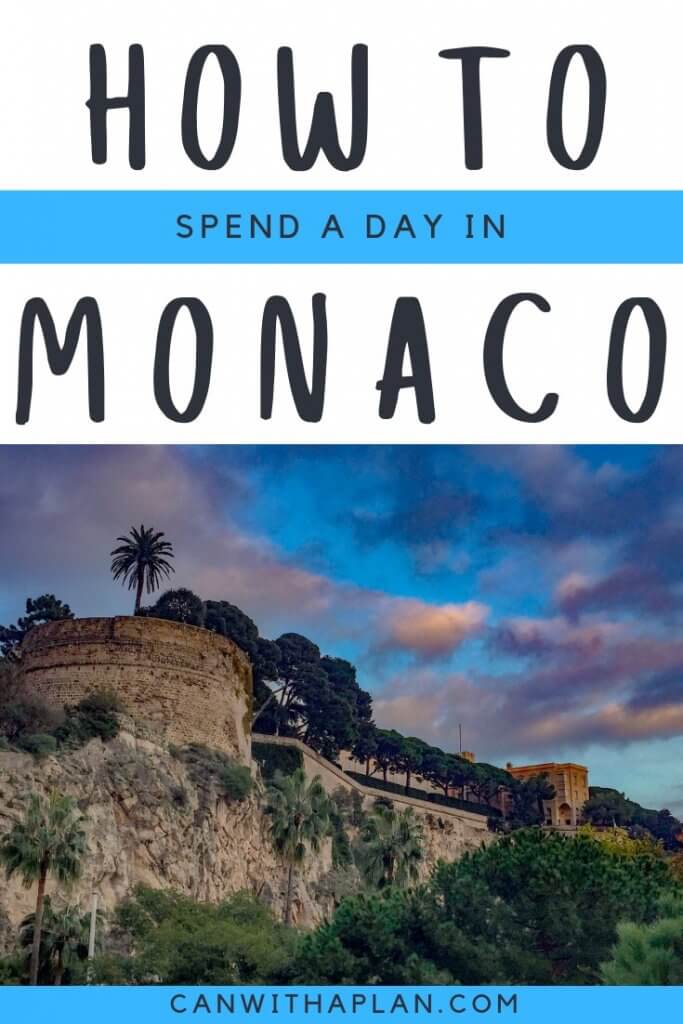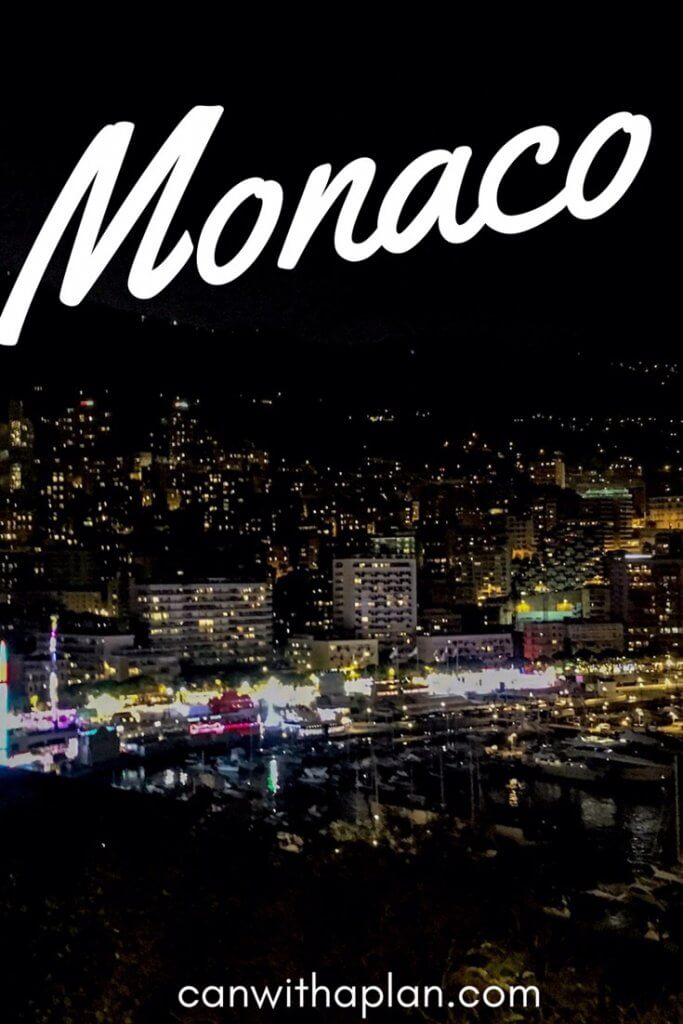The Principality of Monaco is a tiny, sovereign city-state in the French Riviera on the Mediterranean coast near the France-Italy border. It may be the most glamorous place on earth, with its name conjuring up images of casinos, yachts, and fancy cars. The government eliminated all taxes on personal income and capital gains in 1870, which prompted many of the world’s wealthiest people to take up residence in the principality.
The quality of life is unbeatable, with Monaco boasting the highest average life expectancy in the world, zero-percent of the population below the poverty line, and an incredible level of cleanliness and safety with one police officer for every 100 people.
The entire country is only 0.78 square miles (smaller than Central Park), making it the second-smallest country in the world after Vatican City. It is a perfect day trip from Nice, where accommodations are around half the price. You can easily explore Monaco by foot, although some parts are quite hilly so bring comfortable walking shoes or get a bus pass. The country is traditionally divided into four quarters: Monte Carlo, La Condamine, Monaco-ville, and Fontvieille.
Monte Carlo
Monte Carlo is the most well-known of the four quarters, and the most populated. There are many things to do and places worth visiting in the area, including the iconic Casino Square.
Casino
The Casino de Monte-Carlo is the biggest attraction in Monaco. To enter the casino you must pay an entry fee of €10, be dressed in proper attire (no shorts, sneakers, or flip flops), and not be a citizen of Monaco (Monaco prohibits its own citizens from gambling). In addition to the casino, this elegant Belle-Époque gambling and entertainment complex contains the ornate Salle Garnier opera house, named after the architect Charles Garnier who also designed the opera house in Paris.
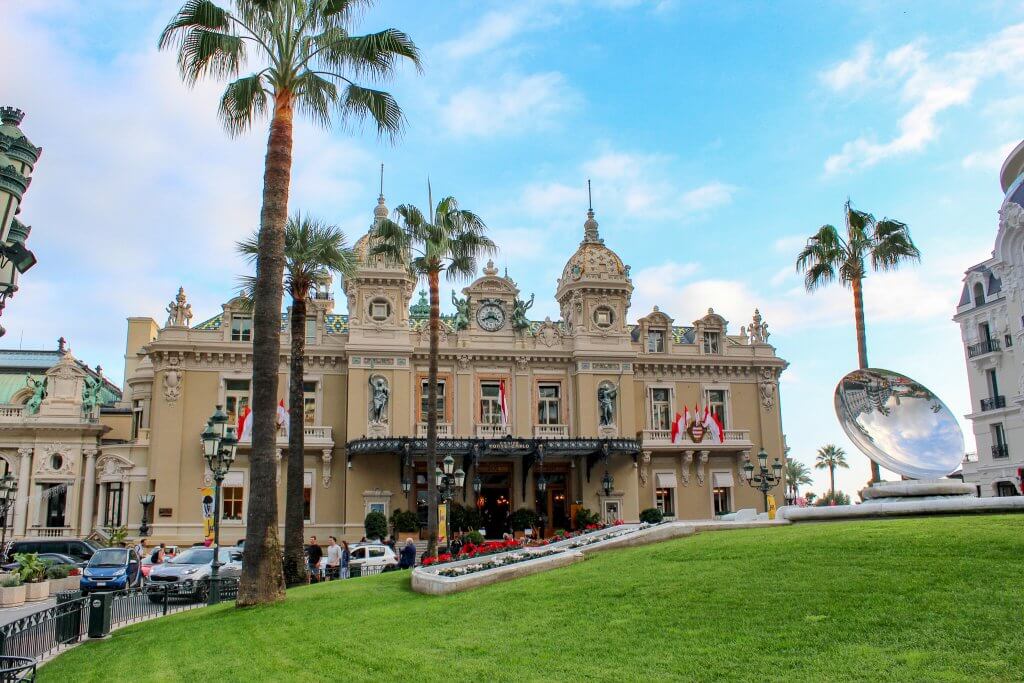
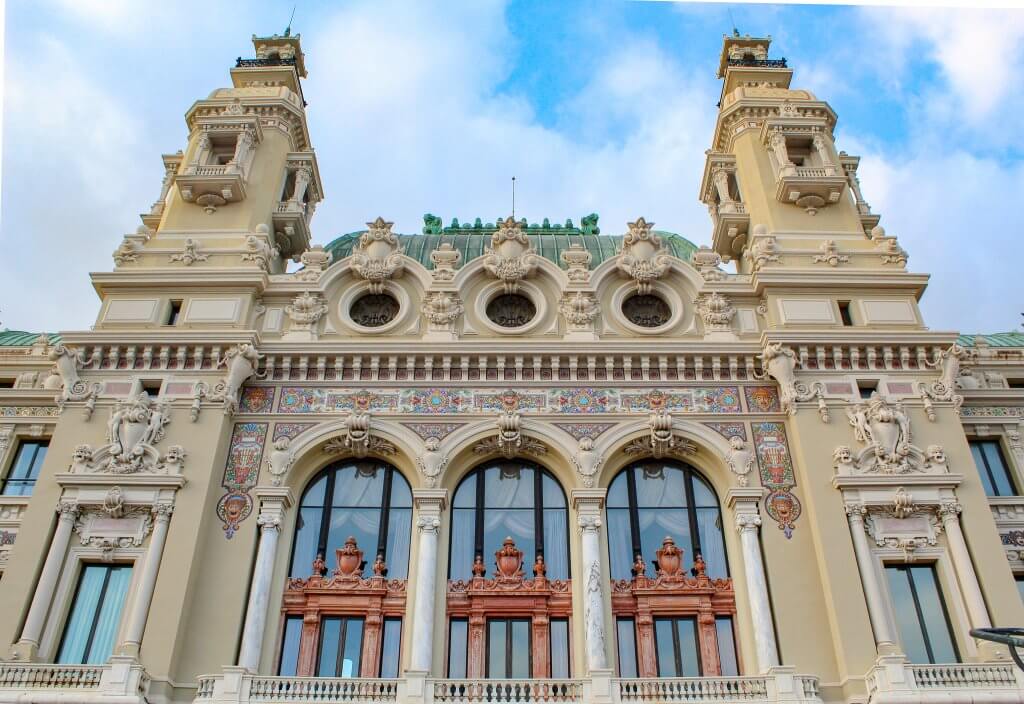
Shopping
If you are into luxury fashion, Monte Carlo is the place to be. Almost any high-end brand you can think of has a store within a stone’s throw of the casino. Even if you are not in the market to buy anything, it can be fun to just go window-shopping and admire the beautiful designer goods.



Japanese Garden
The Jardin Japonais, designed by landscape architect Yasuo Beppu in 1994 at the request of Prince Rainier III, contains a koi pond, waterfall, bridge, tea house, and Zen garden.


Princess Grace Statue
A memorial statue of Princess Grace is located just north of the Japanese Garden.
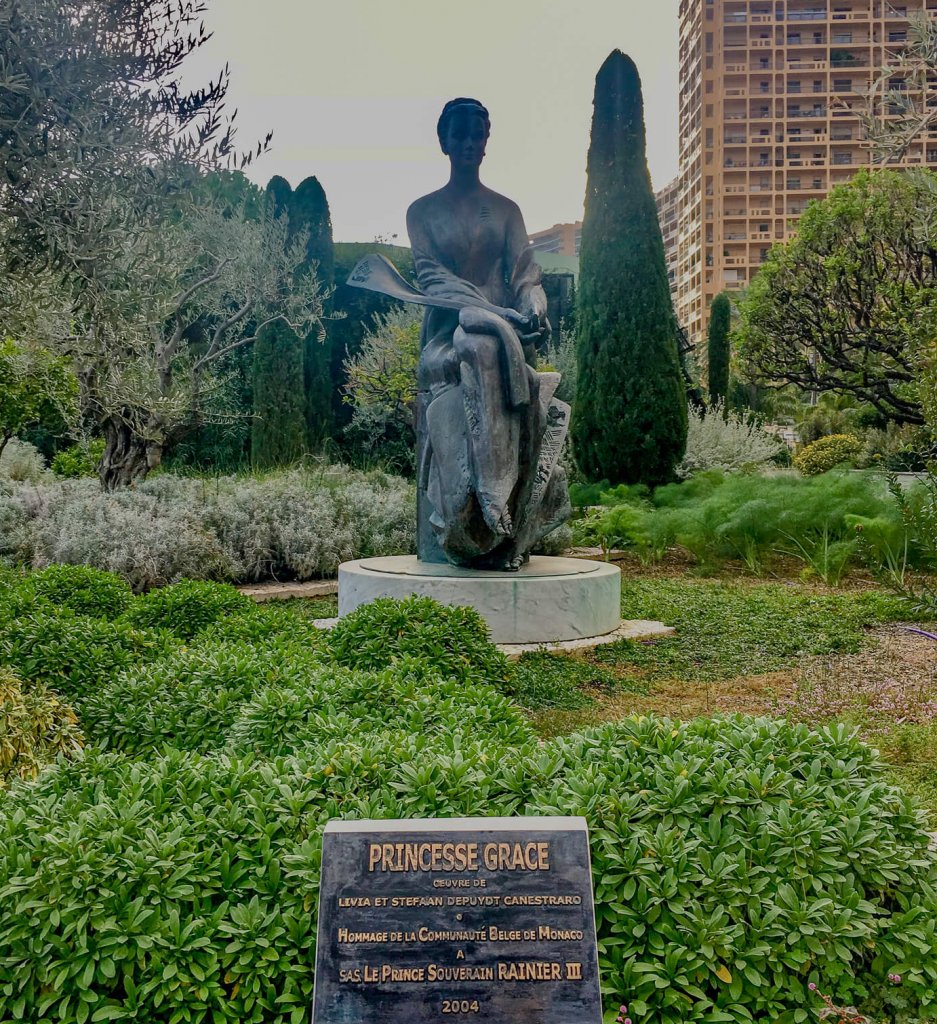
Larvotto Beach
Larvotto, located at the northeast edge of Monaco, is the only public beach in the country and can get very crowded during the summer months. Like many beaches in the French Riviera, it is covered in small pebbles.
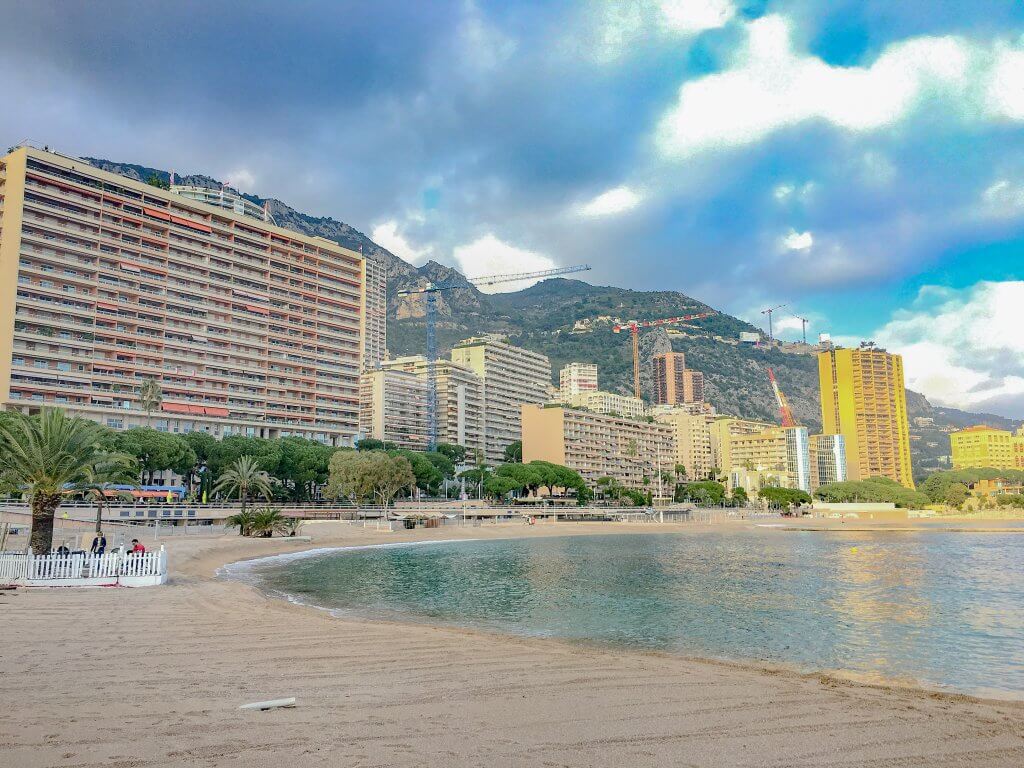
Circuit de Monaco
The Monaco Grand Prix, a Formula One motor race, is held each year on the Circuit de Monaco, a winding street that runs along the harbor through Monte Carlo and La Condamine.
La Condamine
La Condamine, the second-oldest area of Monaco (after Monaco-Ville), contains Port Hercules and Monaco’s business district. Walk along the waterfront to admire the yachts and check out the farmer’s market in the Place d’Armes.
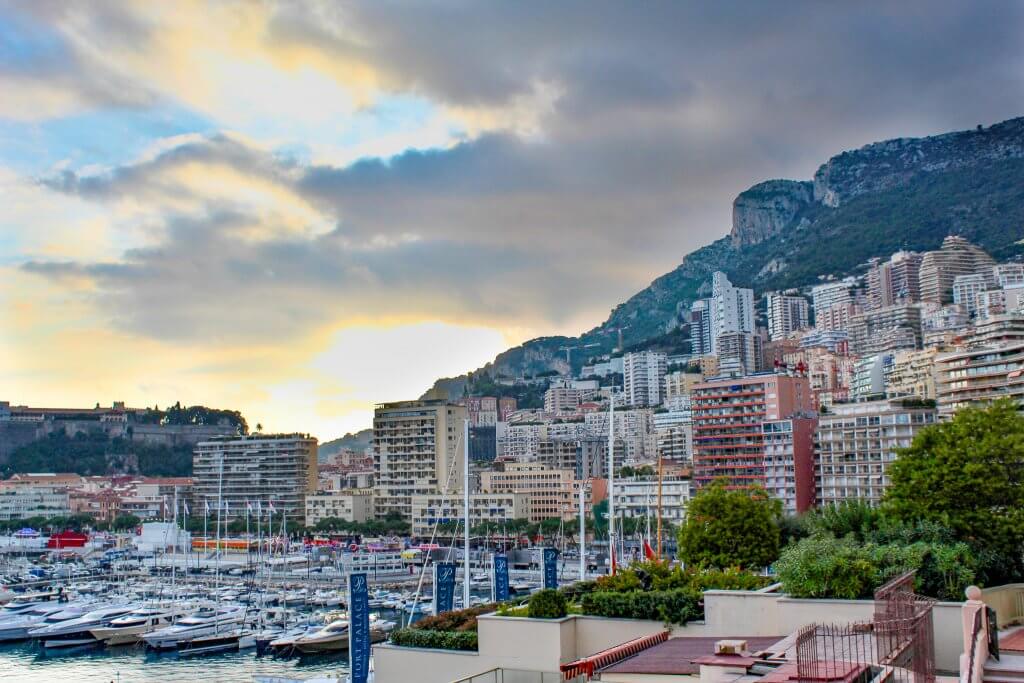




The Exotic Garden of Monaco sits on the cliffside overlooking the city and is home to thousands of species of cacti & other succulent plants native to dry zones around the world. It was designed by Jean Gastaud, who also created the exotic garden in Èze.
Monaco-Ville
The most historical quarter, Monaco-Ville, sits more than 200 feet above the sea on Le Rocher de Monaco (‘The Rock’). This medieval village provides a peaceful escape from the bustling city below, with charming pedestrian streets filled with restaurants, boutiques, and souvenir shops. The Prince’s Palace, one of the biggest attractions in Monaco, is also located here.
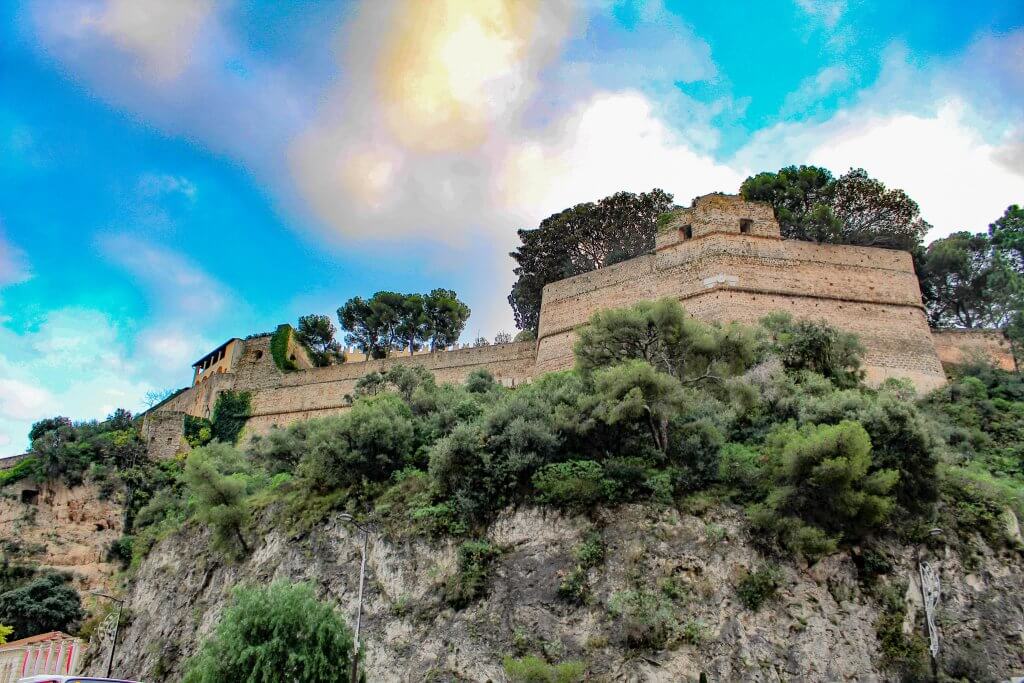



The House of Grimaldi has ruled Monaco since 1297. Due to the country’s small size, it historically aligned itself with larger countries and remained a principality rather than a kingdom. This institution still exists, with Prince Albert II, son of Grace Kelly and Prince Rainier III, as the head of state (i.e. there is no king of Monaco). Although it is a constitutional monarchy, the prince retains certain executive, legislative, and judicial powers.
The Prince’s Palace is the private residence of the prince. While the private part of the palace is not open to the public, you can tour the State Apartments between April and October, seeing rooms used for official receptions, the Throne Room, and numerous family heirlooms. The changing of the guard ceremony takes place precisely at 11:55 am each day on the Palace Square.
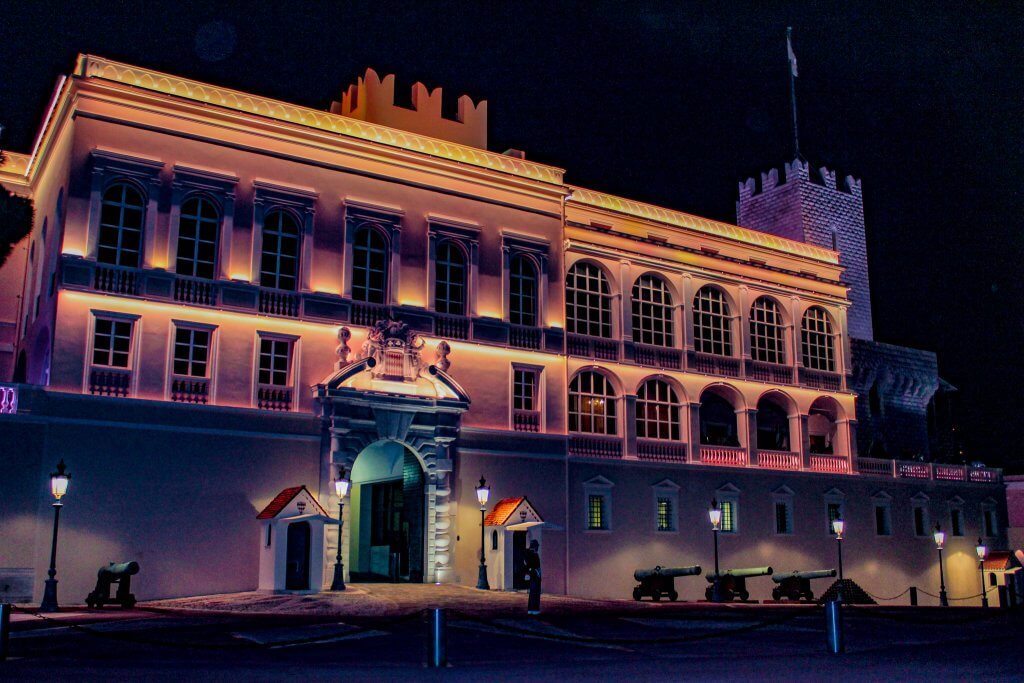
Even if the palace is not open, it is worth a trip to the top of the Rock during the day or at night to see the beautiful views of the harbor from above.


The Oceanographic Museum is also located in Monaco-Ville.
Fontvieille
Fontvieille is the southernmost quarter in Monaco. It is one of the newer parts of the country, built almost entirely on reclaimed land. Louis II Stadium, home to the AS Monaco football club, is in Fontvieille. The Monaco Zoo and Princess Grace Rose Garden are also in the area. The UNESCO Garden, located on the Fontvieille Terraces, is a peaceful space to admire the flowers and look up at Monaco-Ville.




Like this post? Pin it!
